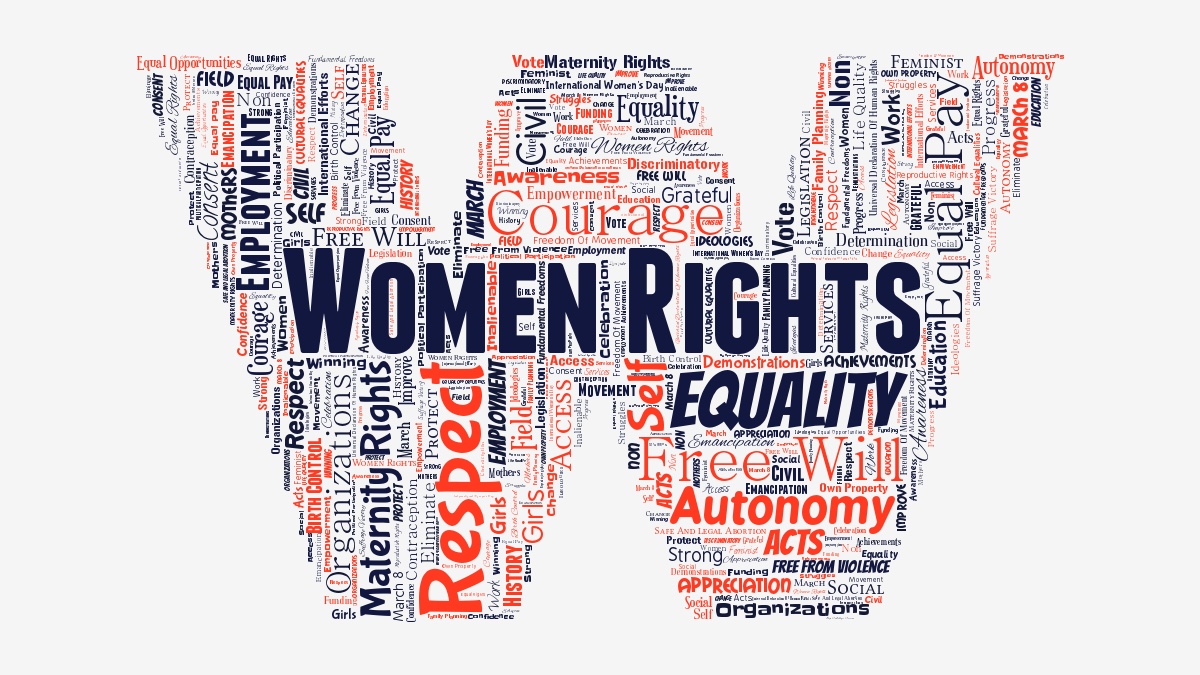Though earlier data indicates that the mortality rate due to Covid-19 may be higher for men than women, the gendered picture of the pandemic and its effects tells a different story. The gender inequalities are embedded in all dimensions of the UN SDGs, now with a reported pandemic effect on each of them, making it worse for women. As of June 2020, among the 10M infected by Covid-19, the risk is almost 3X times higher for women than men (SDG 3) while nearly 743M girls are out of school due to closures (SDG 4) while women/girls are overrepresented in slums with a higher risk of exposure in almost 80% of the countries (SDG 11).
Gender norms pose unique risks that strategically positions the women in a more vulnerable position. For instance: The great intensifier, the further crunch on women’s time at homes in unpaid domestic work exacerbated due to families being in lockdown (women spend 31% more time performing unpaid care/domestic work in the pandemic). Few of these unique risks are:
- Compounded issues of the economic vulnerability of families and gendered inequalities of women within their spaces increase their risk of violence exacerbated further by movement restrictions, deserted public spaces, security/health/money issues, cramped living conditions and isolation with abusers: 243M women/girls were victims of domestic violence globally in 2019 with a 30% rise post the pandemic in many countries (SDG5, Target 2).
- Division of labor in care and workforce for men and women come with its own set of issues: 88% of personal workers, 76% of health associate professionals, 69% of health professionals, 74% of cleaners are women (SDG 5, Target 4) while only 25% and 36% of women lead in national and local governments respectively (SDG 5, Target 5).
- The pandemic lays bare women’s already precarious economic security: 740M workers in informal economies are women who face risk due to the pandemic. 68% of teaching professionals, 51% of food processing workers/customer needs are women who simultaneously suffer either as frontline workers in essential occupations or are laid off due to service disruptions or institutional closures.
Here is an interactive map on the breakdown of different aspects in which women are adversely affected during the pandemic: LINK while this inter-agency collaboration provides us with a dashboard compiling indicators that will inform gender-responsive policy action on Covid-19 recovery – LINK. In the advent of constant changes occurring due to the pandemic, often transmuting some of the structural inequities for the worse, a sensitivity to emerging data becomes imperative for designing gender-responsive policies/frameworks, both for business and nonprofits.
Spotlight on WSMEs/Women Lead Small and Medium-Sized Enterprises
Unique Risks:
- Operate in trade and service sectors, typically in lower margin industries with more demand disruptions.
- Sectors directly hit by social distancing measures like tourism, education, child care, restaurants, and more traditional ‘female professions’ such beauty and hair salons.
- Accessibility to financial services due to low credit history and collaterals to maintain finances. Legal and cultural barriers to owning and controlling assets especially in Asian countries.
- Lower access to ICT especially and poor digital literacy in lower-income countries due to poor internet infrastructure.
- Fewer network resources, fewer mentors, success stories, and role models to navigate complexities in business building.
- Time crunch due to unpaid work at home. Mental and physical health vulnerabilities due to violence at home thus unproductive and absenteeism.
Window for Disruption:
- Enabling online transitions and tapping into the unrealized economic potentials.
- Training the female workforce especially in developing countries, in line with cultural specificity, to meet the increasing demand for female tutored online education through technology like this women lead startup, Dot&Line supported by IFC and We-Fi.
- Multi-Stakeholder Partnerships for stimulus packages in accessing finance and credit, identify gender-specific needs and designing flexible business models for digital transformation.
What can you do?
As Businesses
- Support women lead SMEs in supply chains by guaranteeing payments and orders and shifting to on-demand production.
- Partner with WSMEs to train women on social marketing and digitalization of business.
- Establish gender-responsive procurement processes.
- Provide gender-sensitive financial products with low-interest rates, flexible pay-backs, and collateral schemes.
- Pay women equally and ensure that your compensation policy is bias-free.
As Donors
- Request for the inclusion of gender experts in the design and implementation of economic recovery programs.
- Focus on gender-responsive recovery for worst-hit countries.
- Ensure programs on women empowerment focus on ICT (Information and Communications Technology) and financial skills to move up the value chains from less-skilled to tech-enabled sectors.
As Civil Societies
- Document women entrepreneurs journeys – barriers and abilities, build and disseminate archives for peer support.
- Facilitate community support to juggle work and home.
- Monitor services provided by the government and financial institutions to ensure equal access/treatment of women entrepreneurs.
- Help them build networks by connecting to networks and endorsing their businesses.
Read more such blogs on update.maanch.com



